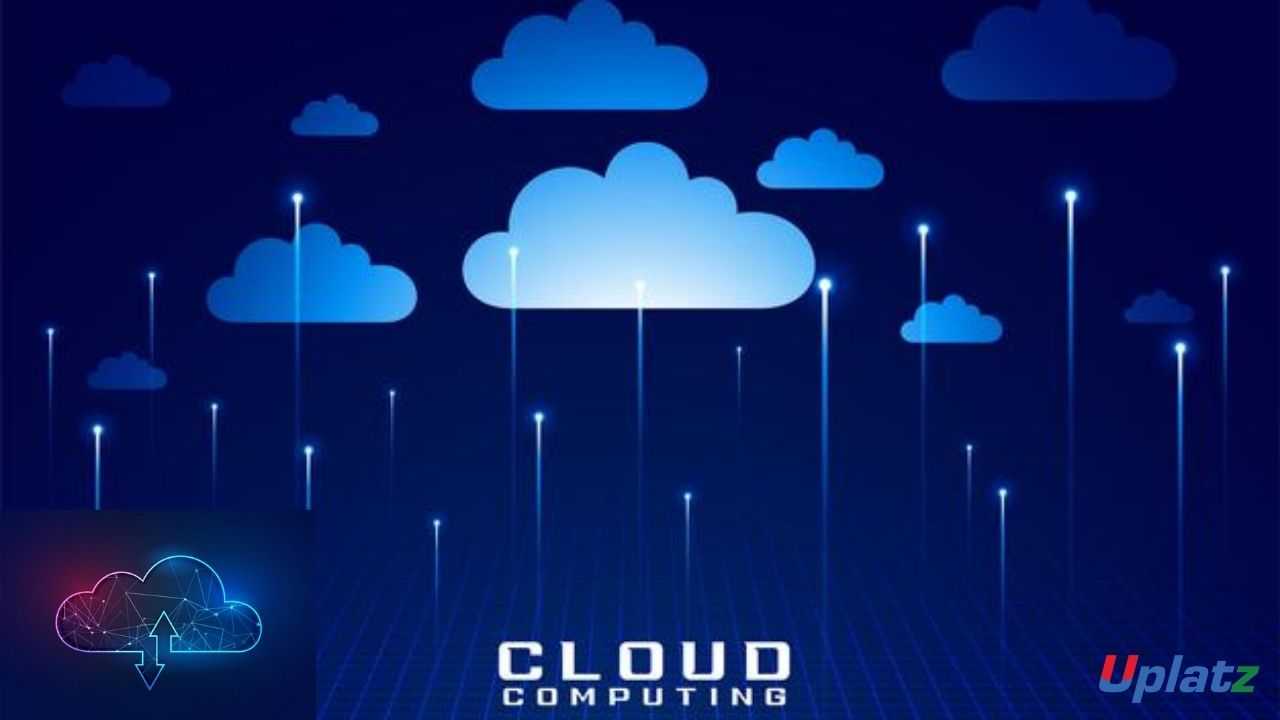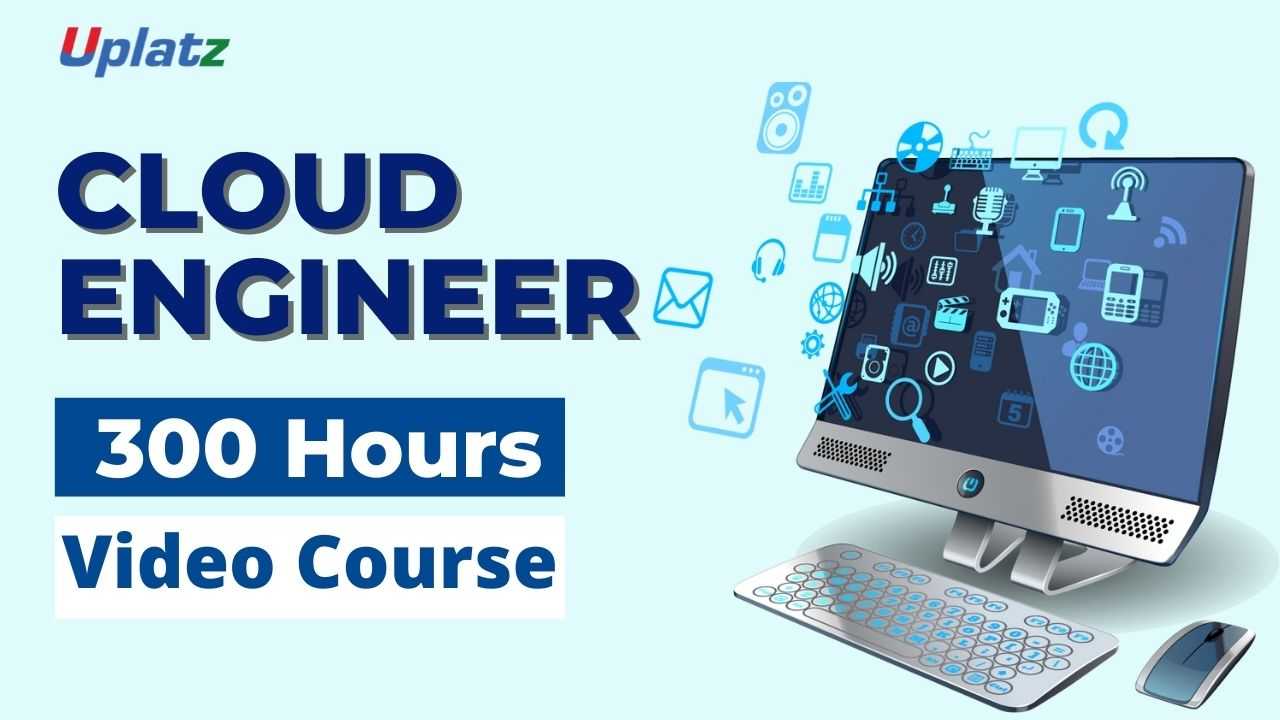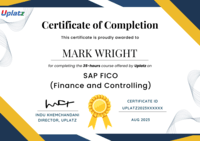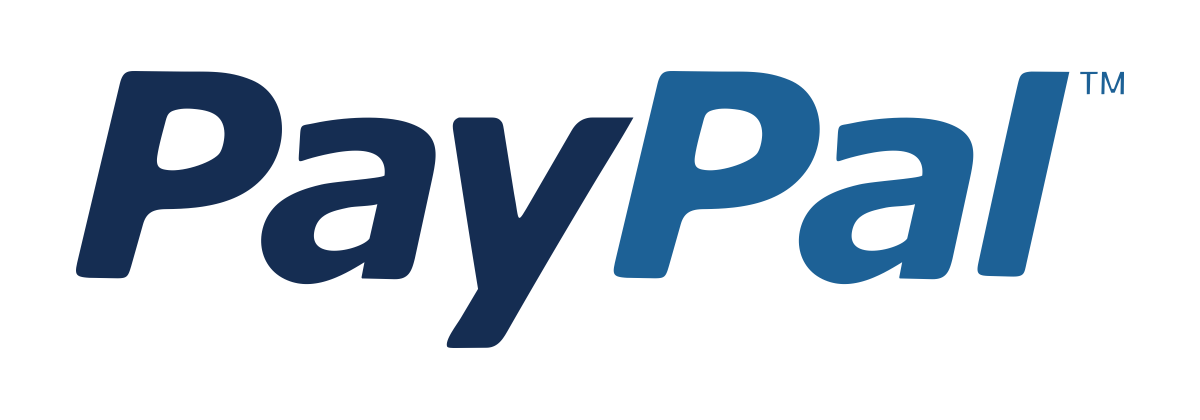Immutable Infrastructure with Packer, Terraform & AWS AMIs
Build resilient, repeatable, and secure cloud environments using immutable infrastructure principles with HashiCorp Packer, Terraform, and Amazon.Preview Immutable Infrastructure with Packer, Terraform & AWS AMIs course
Price Match Guarantee Full Lifetime Access Access on any Device Technical Support Secure Checkout Course Completion Certificate 92% Started a new career
BUY THIS COURSE (
92% Started a new career
BUY THIS COURSE (GBP 12 GBP 29 )-
 81% Got a pay increase and promotion
81% Got a pay increase and promotion
Students also bought -
-

- Amazon Web Services (AWS)
- 28 Hours
- GBP 12
- 820 Learners
-

- Cloud Computing Basics
- 15 Hours
- GBP 12
- 89 Learners
-

- Career Path - Cloud Engineer
- 300 Hours
- GBP 32
- 4412 Learners

Immutable Infrastructure with Packer, Terraform & AWS AMIs is an intensive, hands-on course designed for DevOps engineers, cloud architects, site reliability engineers (SREs), and automation specialists who are eager to master the principles and practices of modern infrastructure provisioning. This course bridges theory with deep technical implementation, empowering you to design, build, and deploy infrastructure that is secure, consistent, and fully automated across environments.
In a rapidly evolving cloud ecosystem, traditional mutable infrastructure—where servers are manually configured, patched, and maintained—creates complexity, risk, and inconsistency. Immutable infrastructure, on the other hand, replaces this fragile approach with automation and predictability. Instead of modifying live servers, you build new versions of infrastructure components and deploy them as fresh, tested instances. This paradigm ensures that your production environment remains reproducible, scalable, and auditable at every stage.
At the core of this course are three powerful tools that together define the foundation of modern infrastructure automation: Packer, Terraform, and AWS AMIs. These tools not only help you build immutable infrastructure but also teach you the DevOps mindset of “infrastructure as code,” versioning, and automation at scale.
Understanding Immutable Infrastructure
Immutable infrastructure refers to a design pattern where once a component—such as a virtual machine or container—is deployed, it is never modified or updated in place. If a change or update is needed, a new image or instance is built and deployed while the old one is terminated. This approach eliminates configuration drift, reduces manual intervention, and enhances system reliability. It’s a core principle behind modern practices such as continuous delivery, auto-scaling, and containerization.
By the end of this course, you’ll clearly understand:
-
Why mutable systems often fail due to untracked manual changes and configuration drift.
-
How immutable designs simplify rollback, increase auditability, and improve compliance.
-
How image-based deployments strengthen consistency across development, staging, and production.
Immutable infrastructure is particularly powerful in cloud-native and microservices environments, where frequent deployments and scaling demand repeatable, automated builds. The course uses this concept as a foundation for teaching you how to implement full-stack automation on AWS using Packer and Terraform.
The Core Tools You’ll Master
HashiCorp Packer
Packer is a lightweight yet powerful tool used to automate the creation of machine images. You’ll learn to write Packer templates in both JSON and HCL2, defining build pipelines that install packages, apply updates, configure environments, and produce versioned images for deployment.
You will:
-
Build AMIs (Amazon Machine Images) preloaded with your custom application stack.
-
Embed security patches, OS hardening scripts, and monitoring tools.
-
Integrate post-processors to store and tag AMIs automatically in AWS.
-
Run Packer builds in CI/CD workflows to maintain a consistent image catalogue.
Terraform
Terraform is the backbone of infrastructure as code (IaC). You’ll learn to define and manage complete AWS infrastructures using declarative configuration files. Instead of manually provisioning resources, Terraform applies the same image builds automatically—ensuring all environments remain consistent.
In this course, you will:
-
Deploy EC2 instances using your prebuilt AMIs.
-
Automate the creation of VPCs, load balancers, IAM roles, and auto-scaling groups.
-
Use Terraform modules and workspaces to organise infrastructure by environment.
-
Leverage Terraform Cloud or remote state for team collaboration and scalability.
AWS AMIs (Amazon Machine Images)
AMIs are reusable system snapshots that form the backbone of AWS compute. You’ll learn how AMIs work, how to optimise their storage and sharing, and how to tag and version them effectively for traceability. The course walks you through managing AMI lifecycles, integrating them into auto-scaling groups, and maintaining a secure golden image repository for your organisation.
Practical Learning Path
This course takes you step by step from foundational knowledge to advanced automation through a structured, project-based journey.
1. Start with the Concepts
You’ll begin by understanding the fundamental shift from mutable to immutable systems. Through diagrams and examples, you’ll explore how configuration drift arises, why manual patching leads to inconsistencies, and how immutable design solves these challenges by treating infrastructure like code.
2. Hands-On Labs with Packer
Once the core concepts are clear, you’ll dive into hands-on labs. You’ll learn to:
-
Write and validate Packer templates.
-
Build AWS AMIs with preinstalled dependencies (e.g., NGINX, Node.js, or Python).
-
Apply configuration scripts using Ansible or Shell provisioners within Packer.
-
Automate image tagging and upload processes with AWS CLI integration.
3. Terraform Integration
Next, you’ll connect your Packer workflow to Terraform. You’ll provision infrastructure using your custom AMIs as the source for EC2 instances. Labs will include deploying complete environments with auto-scaling groups, elastic load balancers (ELB), and CloudWatch alarms—all declared and managed via Terraform.
4. Version and Store Infrastructure Artifacts
You’ll learn versioning best practices for images, using naming conventions, tags, and metadata. The course guides you through storing logs, snapshots, and AMI identifiers in S3 or Git-based repositories, allowing rollback to previous stable versions whenever needed.
5. Leverage AWS Services
Beyond compute, you’ll integrate multiple AWS services—IAM for secure roles and permissions, CloudWatch for monitoring, S3 for artifact storage, and Auto Scaling Groups for resilience. This provides a full production-ready setup.
6. Implement CI/CD Pipelines
You’ll automate AMI builds and Terraform deployments using GitHub Actions, Jenkins, or GitLab CI. Every code push triggers Packer to build new images and Terraform to apply updates, ensuring that your environments stay current and consistent.
7. Secure and Harden Images
Security is at the heart of immutability. You’ll apply CIS benchmarks, OS hardening, and vulnerability scans before publishing AMIs. The course covers integrating scanning tools and compliance policies directly into your image pipeline.
8. Troubleshoot and Debug
Building infrastructure often involves trial and error. You’ll learn to interpret Packer logs, debug Terraform apply errors, and troubleshoot AWS API rate limits or IAM permission issues efficiently. These skills will save hours in real-world deployments.
9. Automate All the Way
Automation is the ultimate goal. You’ll combine cloud-init scripts, Terraform modules, reusable Packer templates, and versioned workflows for fully automated infrastructure. You’ll even explore advanced features like parallel builds, remote builders, and pre-commit checks.
10. Capstone: Full Immutable Pipeline
The course culminates in a real-world capstone project where you build a complete immutable pipeline. You’ll create a production-grade application that automatically rebuilds and deploys using Packer-built AMIs and Terraform-managed infrastructure. This project consolidates everything learned, giving you a deployable, demonstrable system for your portfolio.
Who This Course Is For
This course is crafted for professionals and teams adopting cloud automation, DevOps, and infrastructure-as-code principles, including:
-
DevOps Engineers automating environment provisioning.
-
Cloud Architects designing scalable, fault-tolerant systems.
-
SREs (Site Reliability Engineers) ensuring operational consistency.
-
System Administrators transitioning to infrastructure automation roles.
-
Developers or IT Professionals seeking to understand modern deployment models.
Whether you’re part of a startup, enterprise, or freelance consulting team, this course equips you to build immutable systems that reduce downtime, enhance performance, and streamline delivery pipelines.
Why Learn Immutable Infrastructure
Modern software demands agility, repeatability, and resilience. Immutable infrastructure provides all three. By mastering these practices, you eliminate configuration drift, simplify maintenance, and guarantee that every deployment is identical to the last. In a world where security and speed are paramount, immutability ensures compliance and stability while empowering teams to release faster and recover instantly when issues arise.
By learning Packer, Terraform, and AWS AMIs together, you’ll gain the ability to automate your infrastructure from image creation to deployment with precision. These are among the most in-demand skills in DevOps today, enabling you to build cloud environments that are predictable, secure, and infinitely scalable.
This course doesn’t just teach tools—it builds a DevOps mindset. You’ll finish with a deep understanding of automation, version control, and reproducibility. With each lab and project, you’ll move closer to building self-healing, immutable infrastructure that powers modern cloud systems at scale.
Course/Topic 1 - Coming Soon
-
The videos for this course are being recorded freshly and should be available in a few days. Please contact info@uplatz.com to know the exact date of the release of this course.
-
Understand and apply the concept of immutable infrastructure.
-
Use HashiCorp Packer to create custom, reusable AWS AMIs.
-
Automate infrastructure provisioning with Terraform.
-
Integrate Packer and Terraform into CI/CD workflows.
-
Launch EC2 instances using immutable AMIs.
-
Use cloud-init and shell scripts for provisioning within image builds.
-
Secure and harden AMIs before deployment.
-
Store and version AMIs using tags, S3, and shared snapshots.
-
Monitor and troubleshoot builds using Packer logs and AWS CloudWatch.
-
Build a complete, repeatable production infrastructure stack.
- Mutable vs Immutable Systems
- Benefits of Immutable Infrastructure
- Use Cases and Adoption Patterns
- What is Packer?
- Installing Packer and Setup
- JSON vs HCL2 Template Formats
- Writing Basic Packer Templates
- Using Builders, Provisioners, and Post-Processors
- Debugging Image Builds
- Creating Amazon Machine Images (AMIs)
- Infrastructure as Code Overview
- Terraform CLI and Providers
- Writing Terraform Modules
- Terraform Init, Plan, Apply, and Destroy
- Using Terraform to Launch Packer AMIs
- Auto Scaling Groups and Launch Templates
- Immutable EC2 Workloads with Elastic Load Balancing
- AMI Tagging Strategies
- Sharing and Copying AMIs Across Accounts
- Storing Metadata in S3
- OS Hardening in Packer Templates
- Integrating Image Scanners
- IAM Best Practices for Packer/Terraform
- Automating Packer and Terraform with GitHub Actions
- Artifact Versioning and Promotion
- GitOps and Immutable Deployments
- Packer Build Logs and Exit Codes
- Terraform Plan File Inspection
- AWS CloudWatch Integration
-
Full Immutable Deployment Pipeline
-
AMI Build → Terraform Apply → EC2 Auto Scaling
-
CI/CD Integration with Git-based Triggers
Upon successful completion, participants will receive an official Certificate of Completion from Uplatz, validating their skills in building immutable infrastructure using Packer, Terraform, and AWS AMIs. This certification demonstrates your ability to automate the creation and deployment of machine images and infrastructure in a secure, repeatable, and scalable way. Whether for DevOps pipelines, production deployments, or platform engineering, the certificate will serve as a powerful asset in your portfolio or resume. It is ideal for professionals targeting roles in DevOps, Infrastructure Engineering, Site Reliability, or Cloud Automation.
- DevOps Engineer
- Infrastructure Automation Engineer
- Cloud Engineer
- Site Reliability Engineer (SRE)
- Platform Engineer
- Build and Release Engineer
It is a deployment strategy where infrastructure components are never modified post-deployment. Instead, they are replaced entirely, reducing configuration drift and increasing reliability.
Packer is a tool to automate the creation of machine images. It uses templates to provision and configure images for AWS, Azure, Docker, etc., using defined scripts and provisioners.
Packer builds the machine images, while Terraform provisions infrastructure using those images. Terraform is focused on infrastructure orchestration.
AMIs built with Packer ensure consistency across environments, reduce provisioning time, and improve security by pre-installing configurations and patches.
By tagging AMIs with timestamps, version numbers, Git commit hashes, and storing metadata in S3 or DynamoDB for reference and rollbacks.
Yes, you can define Terraform EC2 instances or Auto Scaling Groups with AMI IDs generated from the Packer output using variables or data sources.
By including OS hardening scripts, scanning with tools like Amazon Inspector, and ensuring minimal base images with only required packages.
Shell scripts, Ansible, Chef, Puppet, and cloud-init can be used as provisioners in Packer templates to configure images.
Mutable deployments update servers in-place, risking drift. Immutable deployments replace the entire server or container with a fresh version on each deployment.
By using CI/CD tools (GitHub Actions, GitLab CI) to run Packer builds and Terraform applies upon code changes or version releases.









